Tobias Grau’s illuminating solution to home workspace lighting
The German lighting experts launch ‘Team’, a new system featuring innovative technology and a minimal, human-centred design by creative directors Timon and Melchior Grau
Johann Clausen - Photography
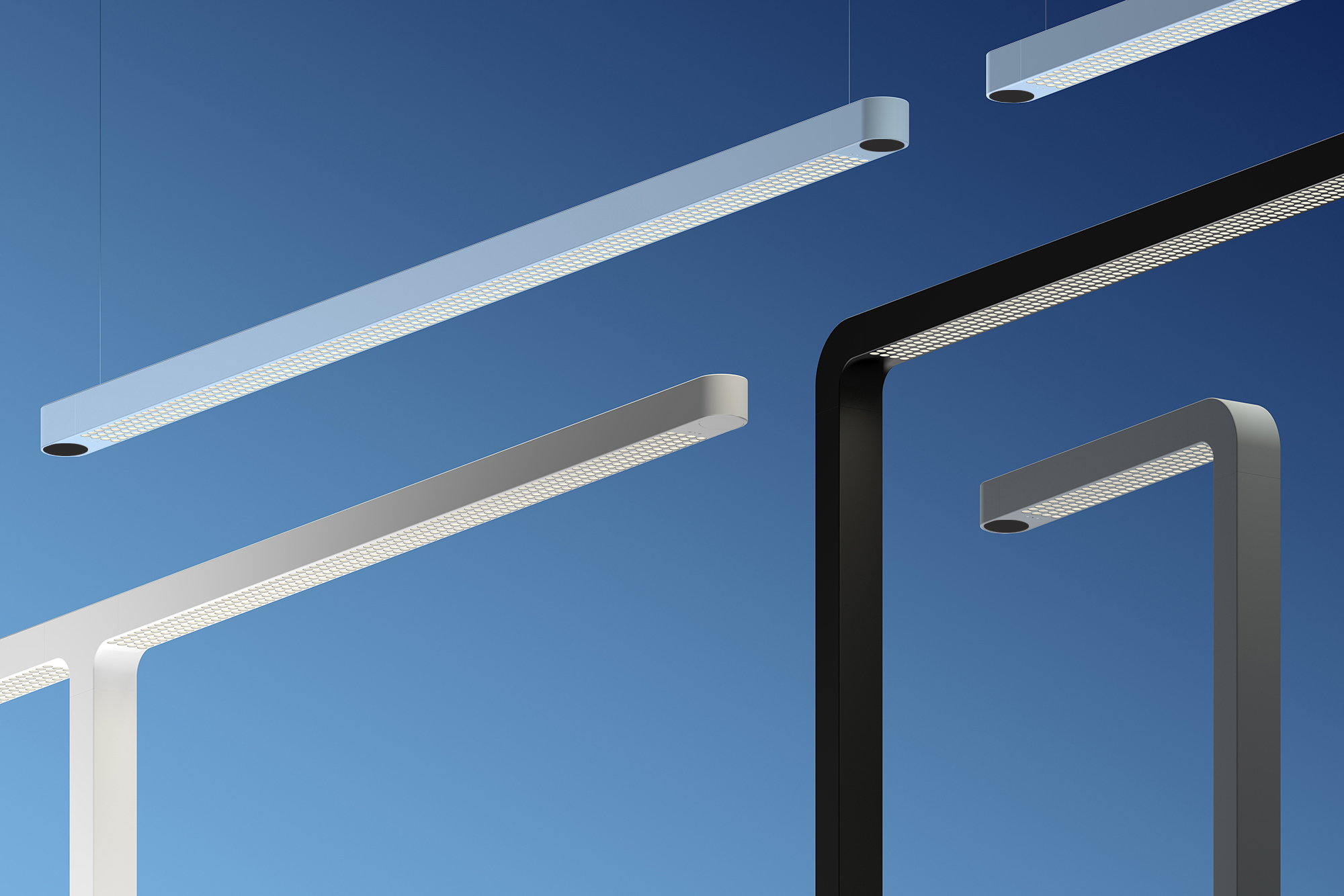
Lighting company Tobias Grau presents ‘Team’, a new lighting system that aims to bring harmony into a workspace with a particular focus on the home office. Designed by the company’s creative directors Timon and Melchior Grau, ‘Team’ features innovative Beam Lens technology and integrated Tunable White technology that allows users adapt their light’s intensity and glow and to programme the system.
The L-shaped desk lamp (which extends into a larger modular system featuring floor and suspended models for larger office spaces) is the result of an extensive creative and research process. ‘[We want] to make light more accessible and interactive and enhance the accessibility of engaging with light for the user,’ says Timon. ‘Our process is less about designing a singular project or product, but really about designing on a holistic level.'

The pair (who studied Fine Art in Berlin under Hito Steyerl and Ai Weiwei), have been experimenting with mixed media art for the past few years before taking the creative helm of their family’s company in 2017, effectively merging their practices as designers and artists. Their first piece for Tobias Grau, the ‘Parrot' floor lamp, originated from a project they presented at Kumpelnest 3000 gallery in Berlin.
‘Our experimental projects in the art context are usually very site specific,’ says Melchior. The experience of designing ‘Parrot' showed the pair that they could work on multi-context pieces, collaborating with a larger team in different fields. ‘The medium itself was super important for us to realise our fascination with the power of light and its ability and impact on so many ways in our world,’ observes Melchior.
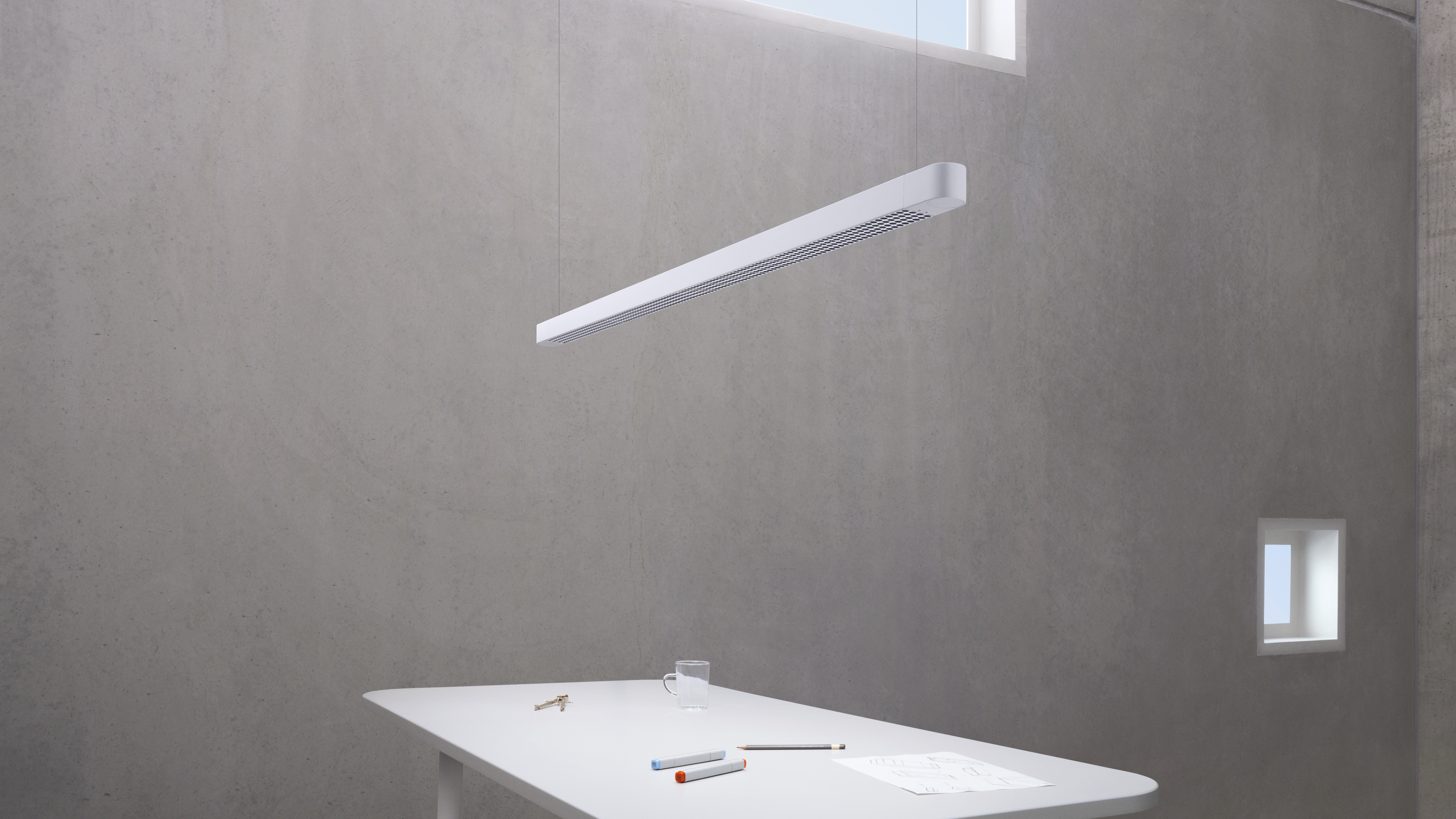
From there, their interest and desire to understand the role of lighting in work environments grew. ‘We realised that professional lighting became so much more complex in terms of technology that there isn’t a lot of space for empathy or poetry in most of what's out there,’ notes Melchior. To tackle this project, they started from a clean slate: ‘even though there's a long history of technical developments within the brand and a lot of know how, we tried as a team to start really from scratch,’ adds Timon. ‘And that gave us the opportunity to be innovative in very different fields.’
The design process
The design process included simplifying the available technology to create a lighting scheme as holistic and interconnected as possible. The technologies used by Tobias Grau allows for light to be evenly distributed onto surfaces without glare, and to modify its intensity and colour based on time of the day or user needs. The lamps’ streamlined shapes also conceal seamlessly integrated motion, light and noise sensors.
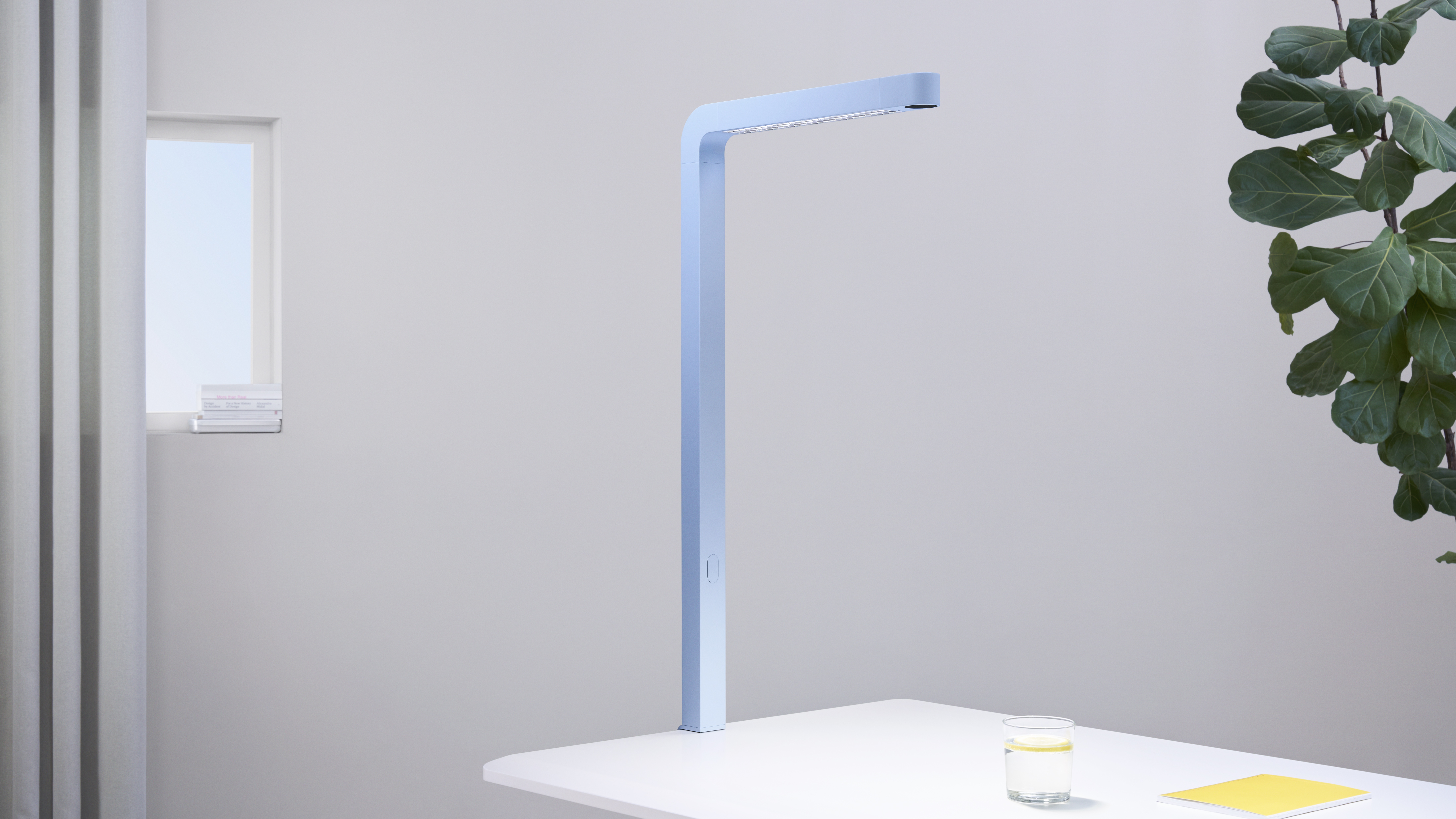
Aesthetically, an early reference for the ‘Team' system included Nokia’s legendary Snake game from the 1990s, a sinuous, curving and growing line. The collection was then developed to become a component of a building’s architecture, and to work as a composition within a space. ‘We thought that "Team" should be almost like a brick,’ says Melchior. ‘Very minimal, perhaps unspectacular if you look at one, but very beautiful as a group.’
This direction of simplifying technology into beautiful product with user experience at the heart of the design process is becoming the duo’s distinctive modus operandi, and a direction they are continuing to experiment with. ‘The opportunities to work with light are bigger than ever before: because of the digitalization, there are no limits to the spectrum, you have the entire palette and with digital software solutions you can do anything,’ says Melchior. ‘But we feel it’s serving the human only if there is empathy to the environments light can create.’
INFORMATION
Receive our daily digest of inspiration, escapism and design stories from around the world direct to your inbox.
Rosa Bertoli was born in Udine, Italy, and now lives in London. Since 2014, she has been the Design Editor of Wallpaper*, where she oversees design content for the print and online editions, as well as special editorial projects. Through her role at Wallpaper*, she has written extensively about all areas of design. Rosa has been speaker and moderator for various design talks and conferences including London Craft Week, Maison & Objet, The Italian Cultural Institute (London), Clippings, Zaha Hadid Design, Kartell and Frieze Art Fair. Rosa has been on judging panels for the Chart Architecture Award, the Dutch Design Awards and the DesignGuild Marks. She has written for numerous English and Italian language publications, and worked as a content and communication consultant for fashion and design brands.
-
 New tech dedicated to home health, personal wellness and mapping your metrics
New tech dedicated to home health, personal wellness and mapping your metricsWe round up the latest offerings in the smart health scene, from trackers for every conceivable metric from sugar to sleep, through to therapeutic furniture and ultra intelligent toothbrushes
-
 Out of office: The Wallpaper* editors’ picks of the week
Out of office: The Wallpaper* editors’ picks of the week'Tis the season for eating and drinking, and the Wallpaper* team embraced it wholeheartedly this week. Elsewhere: the best spot in Milan for clothing repairs and outdoor swimming in December
-
 How Stephen Burks Man Made is bringing the story of a centuries-old African textile to an entirely new audience
How Stephen Burks Man Made is bringing the story of a centuries-old African textile to an entirely new audienceAfter researching the time-honoured craft of Kuba cloth, designers Stephen Burks and Malika Leiper have teamed up with Italian company Alpi on a dynamic new product
-
 Thonet’s limited-edition chair by Studio Besau Marguerre celebrates 100 years of Bauhaus
Thonet’s limited-edition chair by Studio Besau Marguerre celebrates 100 years of Bauhaus -
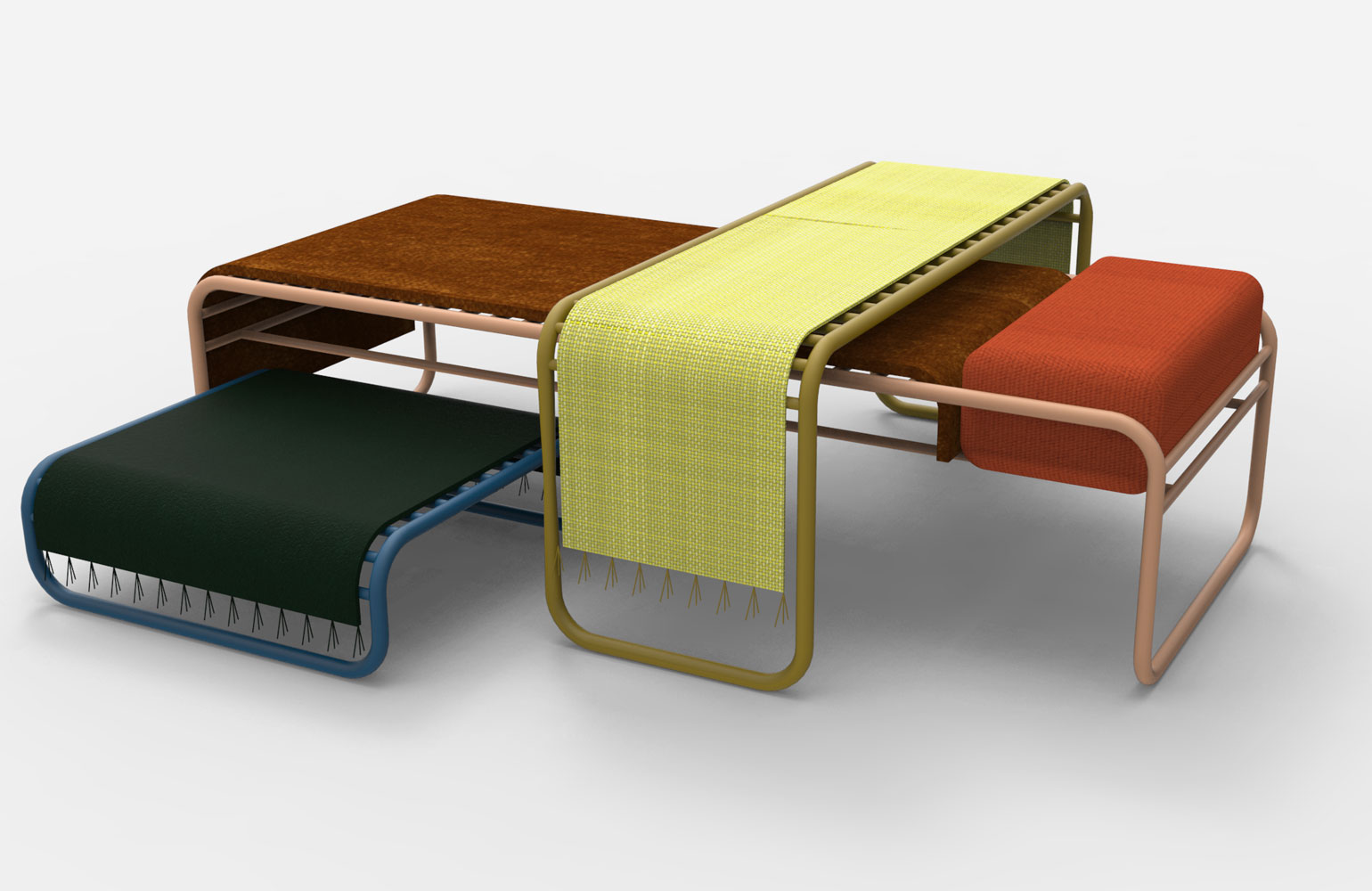 Hit list: 5 launches at IMM Cologne to look out for
Hit list: 5 launches at IMM Cologne to look out forKicking off the calendar year of monumental design fairs is IMM Cologne (15-21 January). The German city’s annual event is entering its 69th year, with a host of product releases and inspiring installations from a roster of global players. From ethereal Australian lighting to Danish woven modular benches, here are the new launches we are most looking forward to...
-
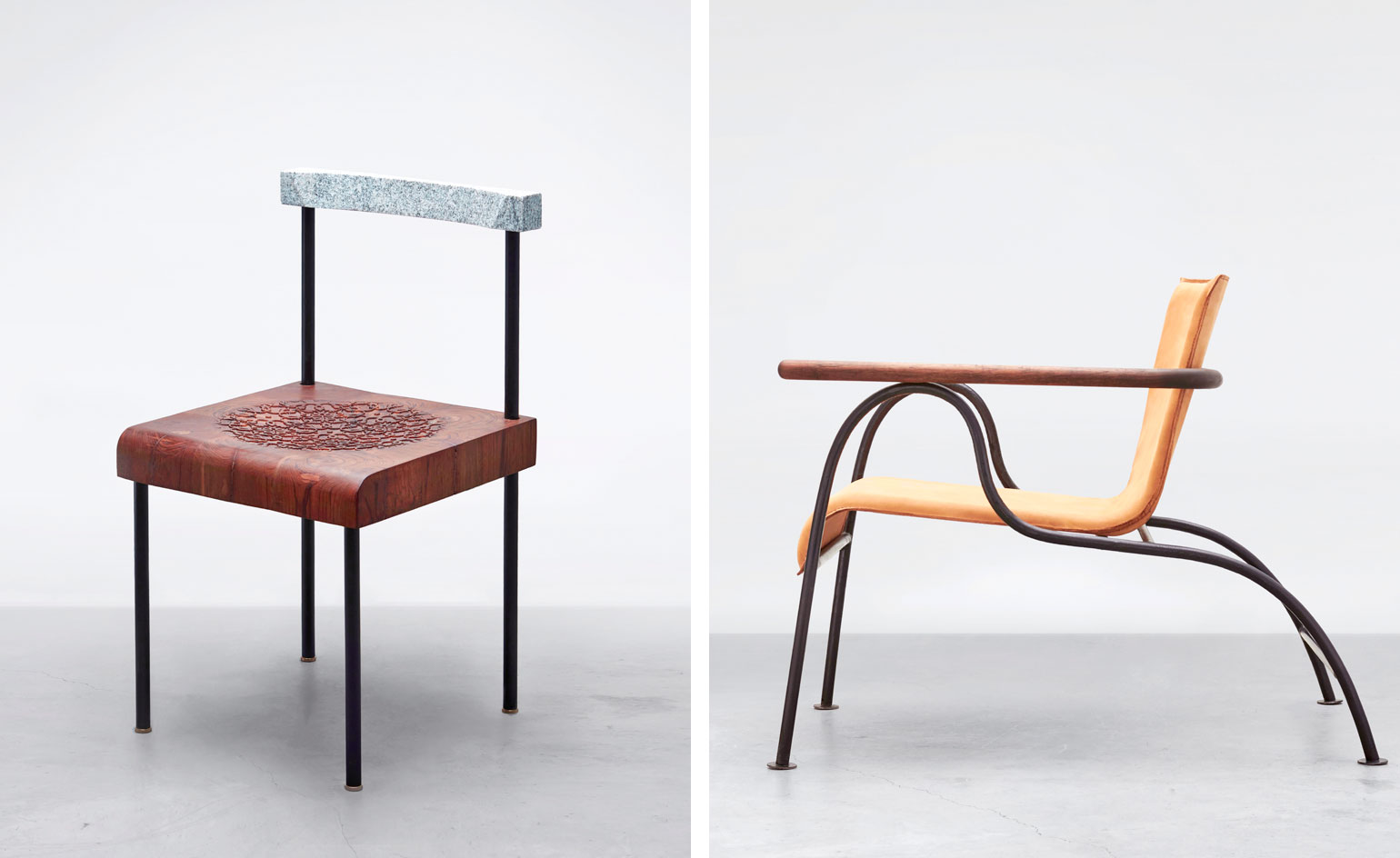 Indian tradition marries German rigour in a new cross cultural furniture collection
Indian tradition marries German rigour in a new cross cultural furniture collection -
 German precision: the ’Mbrace’ rocking chair by Sebastian Herkner for Dedon
German precision: the ’Mbrace’ rocking chair by Sebastian Herkner for Dedon -
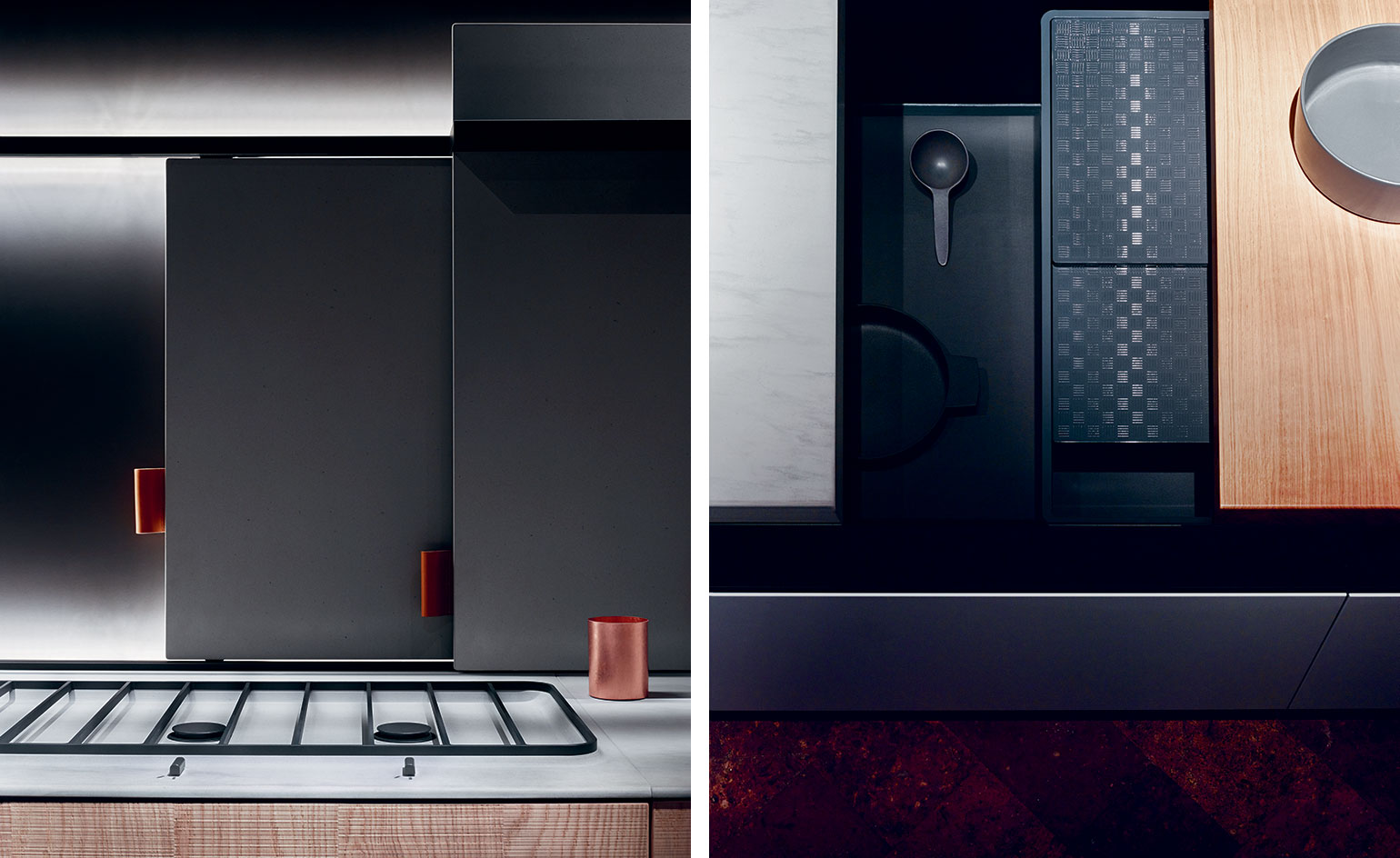 Slide lines: Bulthaup’s new kitchen offers a movable feast
Slide lines: Bulthaup’s new kitchen offers a movable feast -
 Floor show: Andreas Murkudis’ new Berlin store is dedicated to design and furniture
Floor show: Andreas Murkudis’ new Berlin store is dedicated to design and furniture -
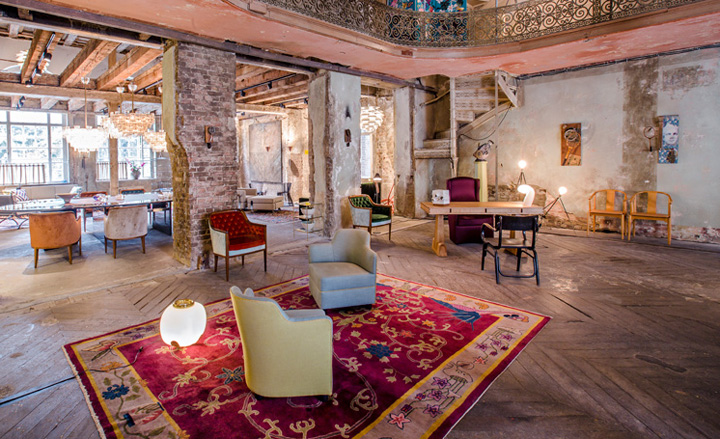 An art and design exhibition transforms an architectural ruin in Berlin
An art and design exhibition transforms an architectural ruin in Berlin -
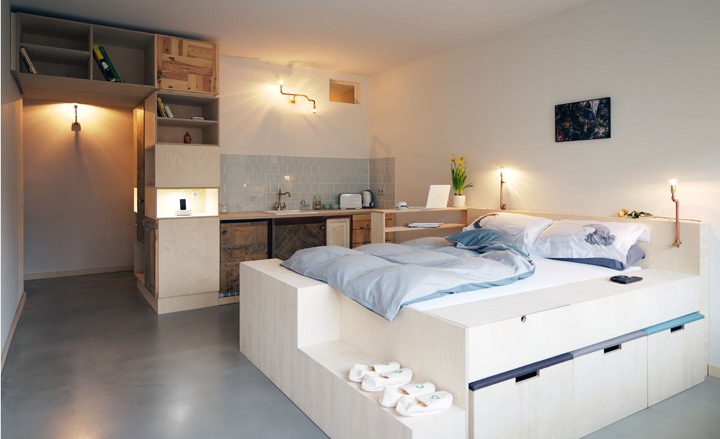 Plus One Berlin: stay, meet a local, be a Berliner
Plus One Berlin: stay, meet a local, be a Berliner